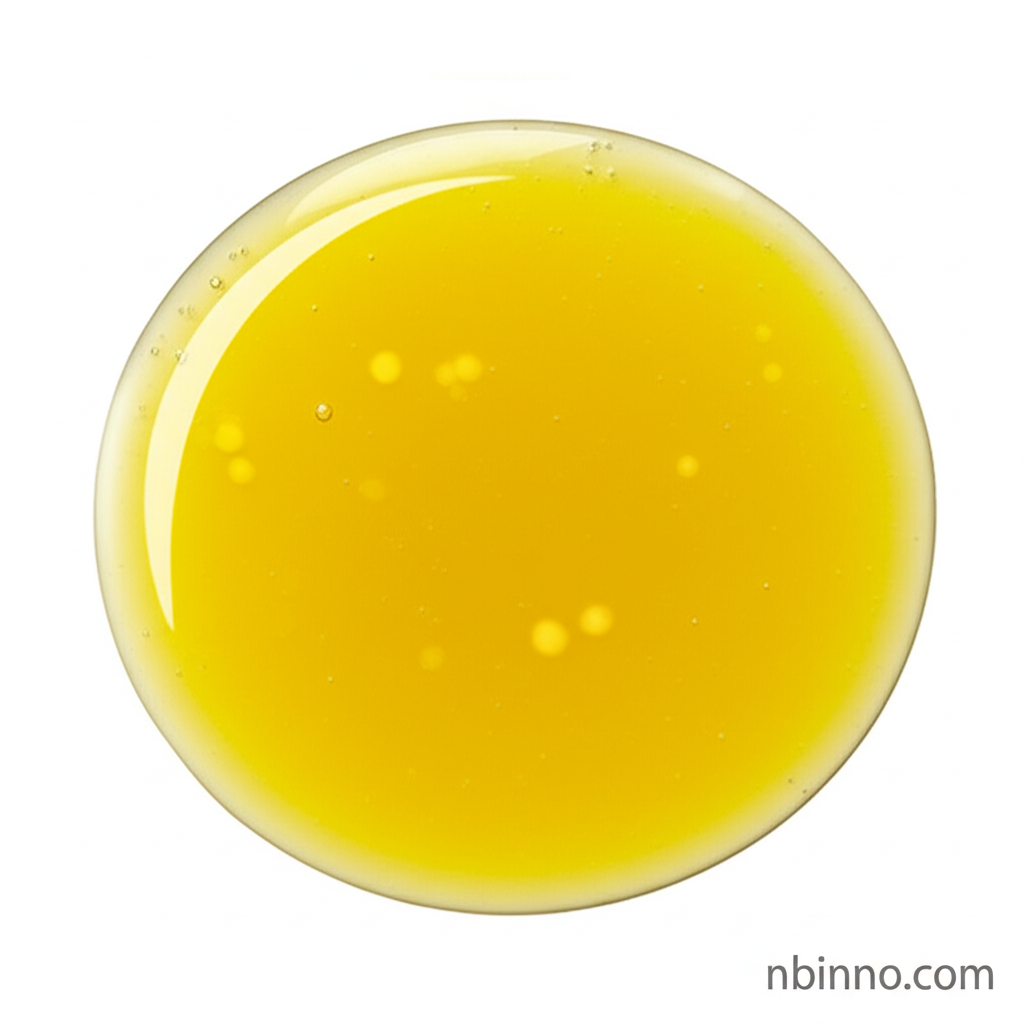Trans-1,2-Bis(tributylstannyl)ethene: A Key Intermediate in Modern Chemistry
Unlock novel synthetic pathways with this versatile organotin compound, crucial for advanced organic synthesis.
Get a Quote & SampleProduct Core Value

Trans-1,2-Bis(tributylstannyl)ethene
This organotin compound, identified by CAS No. 14275-61-7, serves as a critical chemical intermediate with wide-ranging applications in scientific research and laboratory fields. Its stable trans-configuration and dual tributylstannyl functional groups make it an invaluable reagent for constructing complex organic molecules.
- Explore the synthesis of organotin compounds with this highly reactive reagent, enabling new chemical discoveries.
- Leverage its capabilities in Stille cross-coupling reactions to efficiently form carbon-carbon bonds in your synthetic strategies.
- Utilize its potential as a catalyst for polymerization, paving the way for novel material development.
- Discover its utility in the protection of alcohols and amines, a vital step in multi-stage organic synthesis.
Advantages Offered
Versatile Reactivity
Its high reactivity with various electrophilic partners, including aryl and vinyl halides, allows for precise and efficient carbon-carbon bond formation, a key aspect of organic synthesis.
Broad Applicability
This compound is crucial for the synthesis of organometallic compounds and can also act as a reagent for ester hydrolysis, expanding its utility across different chemical disciplines.
Material Science Potential
Research into its use in synthesizing polymers and other advanced materials showcases its potential in cutting-edge fields, demonstrating its value beyond basic organic synthesis.
Key Applications
Organic Synthesis Intermediate
As a vital chemical intermediate, it facilitates complex molecular constructions, supporting intricate organic synthesis pathways.
Organometallic Compound Synthesis
It plays a key role in the creation of diverse organometallic compounds, a field essential for catalysis and materials science.
Polymer Development
Its application in synthesizing polymers opens doors to creating new materials with tailored properties, highlighting its role in advancing materials science.
Catalysis Research
The compound's potential as a catalyst for olefin polymerization positions it as an important tool in developing new catalytic systems.
